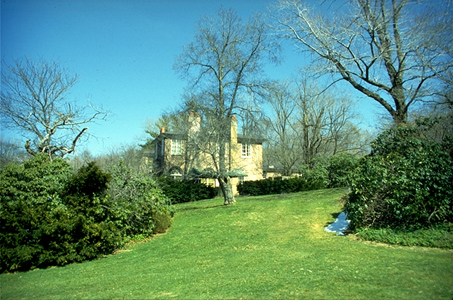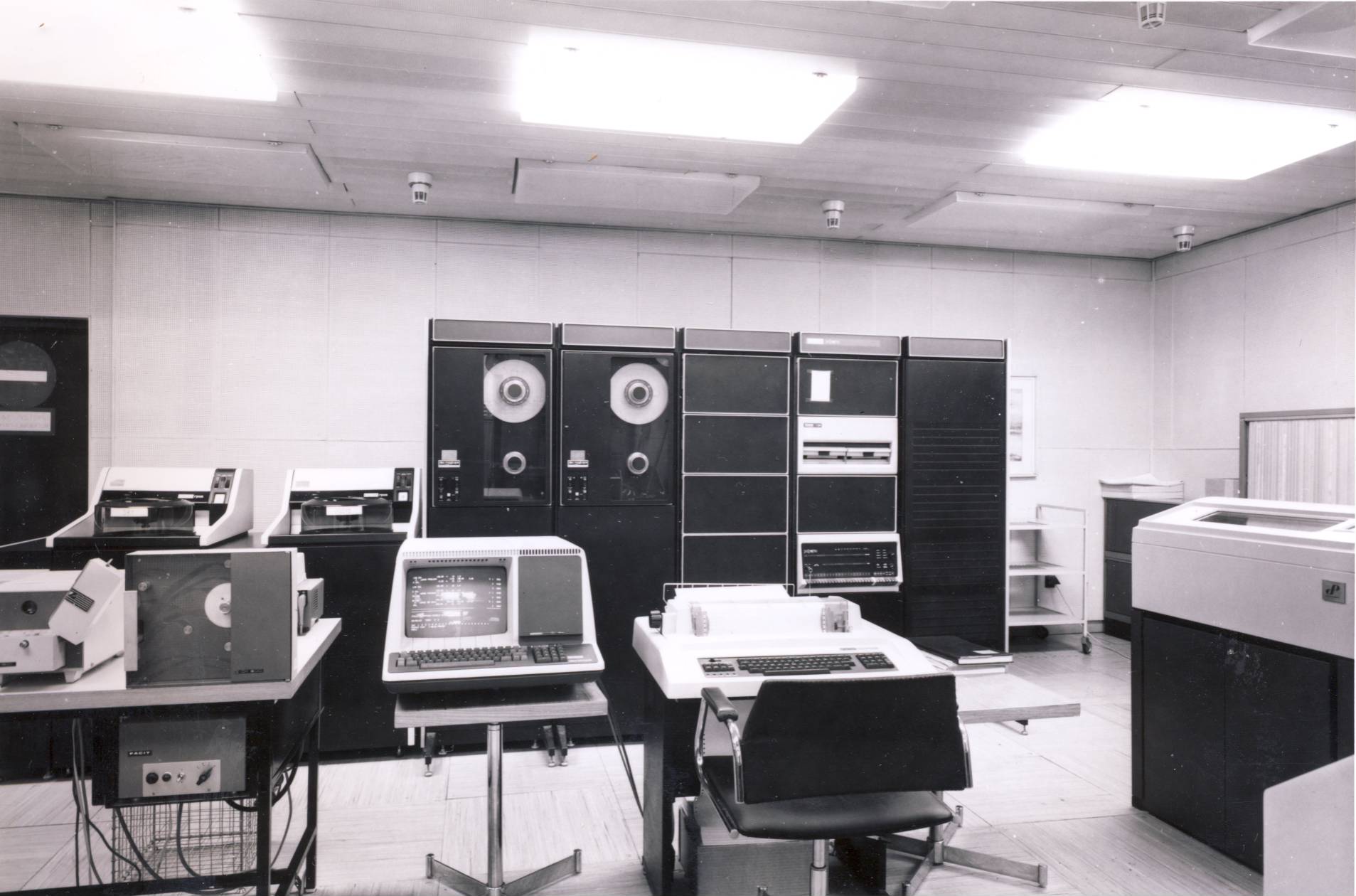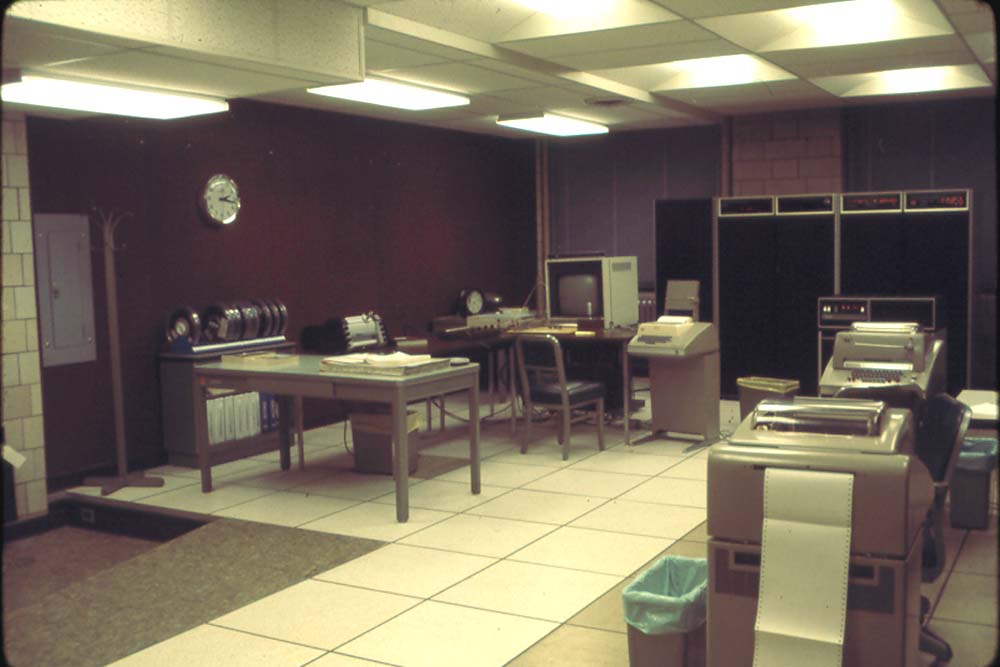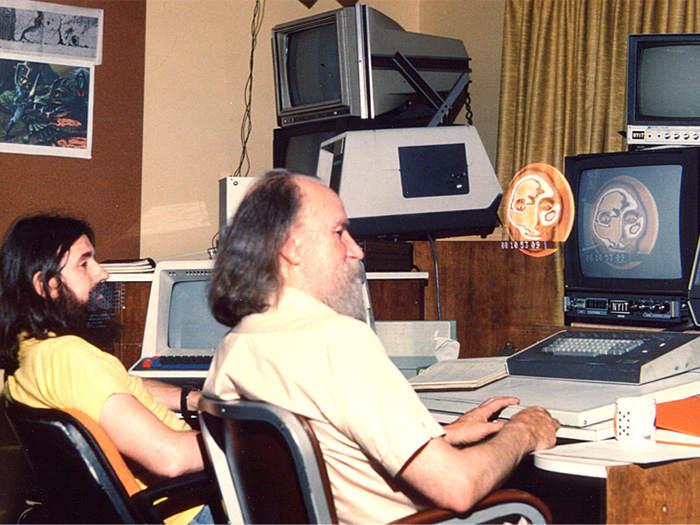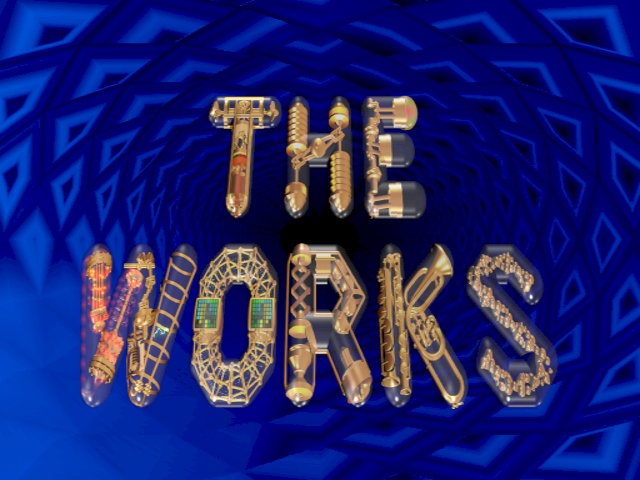NYIT - Graphics to the moon
Founding of NYIT CGL
In 1974, the New York Institute of Technology (NYIT) Computer Graphics Lab (CGL) was founded under the visionary leadership of Alexander Schure, who aggressively funded the lab by purchasing cutting-edge hardware, including DEC PDP-11 computers and the world’s first RGB framebuffer.
The lab was housed in the Gerry House, a creative hub that fostered collaboration between engineers and artists. Ed Catmull and Alvy Ray Smith were brought in to lead a team of pioneers - such as Lance Williams and Tom Duff - marking the beginning of a revolution in digital imagery.
This year laid the foundation for breakthroughs like digital paint systems, the alpha channel, and 3D animation, setting the stage for NYIT CGL to become the birthplace of modern computer graphics.
First RGB Innovations
In 1975, the NYIT Computer Graphics Lab made groundbreaking strides in digital imaging, establishing itself as the epicenter of early computer graphics research. The team developed the first 24-bit RGB paint program, enabling artists to create and manipulate digital color images - a revolutionary concept at the time. This period also saw the invention of soft-edged fills and pixel dissolves, techniques that would later become standard in visual effects.
The lab’s DEC PDP-11 and E&S LDS-1 systems were pushed to their limits, pioneering raster graphics and laying the technical groundwork for future animation tools. Meanwhile, Lance Williams began refining early versions of texture mapping, while Garland Stern experimented with interactive animation systems. These innovations not only defined NYIT CGL’s legacy but also set the stage for the digital revolution in film, gaming, and design.
"The Works" Begins
Conceived as the world's first fully computer-animated feature film, The Works represented NYIT Computer Graphics Lab's most ambitious attempt to push CGI into mainstream cinema . Developed sporadically between 1979-1986 using DEC PDP and VAX systems, the project aimed for a 90-minute runtime with entirely synthetic environments and characters - a staggering technical challenge in an era when rendering a single frame could take days.
Lab’s Decline
The decline of NYIT's Computer Graphics Lab wasn't a sudden shutdown, but a slow migration of talent and vision. By 1979, Ed Catmull, Alvy Ray Smith, and other key figures had departed for Lucasfilm, taking with them core technologies like the alpha channel and texture mapping.
Even after the core team's departure to Lucasfilm, remaining NYIT CGL researchers like Lance Williams and Ned Greene continued pushing boundaries through groundbreaking work: between 1982-1985, they developed advanced facial animation systems that would later influence character rigging in films, pioneered experimental 3D compositing techniques that became industry standards by the 1990s, and created early motion capture methods while working on the unfinished 'The Works' project - with many of these developments being formally published in SIGGRAPH papers from 1983 to 1986, cementing the lab's academic legacy even as its operational days were numbered. This final burst of creativity demonstrated how the CGL remained intellectually vibrant until its eventual closure, with its last projects serving as crucial bridges between academic research and industrial application in computer graphics.
Reunion at SIGGRAPH
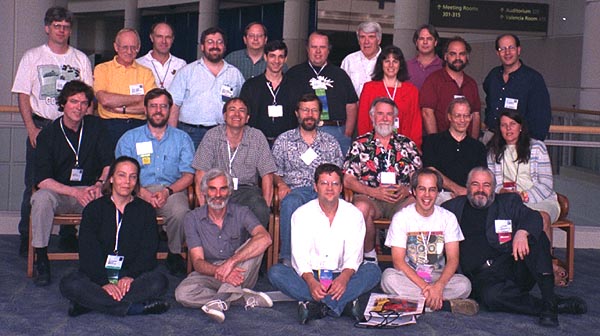
At SIGGRAPH '98 in Orlando, history paused for a remarkable moment as 23 alumni from NYIT's Computer Graphics Lab reunited - not just as former colleagues, but as the architects of the digital visual revolution

